Here are some pictures of my completed Cornet2.
The board (just about complete). I used the recomended AuriCap upgrades
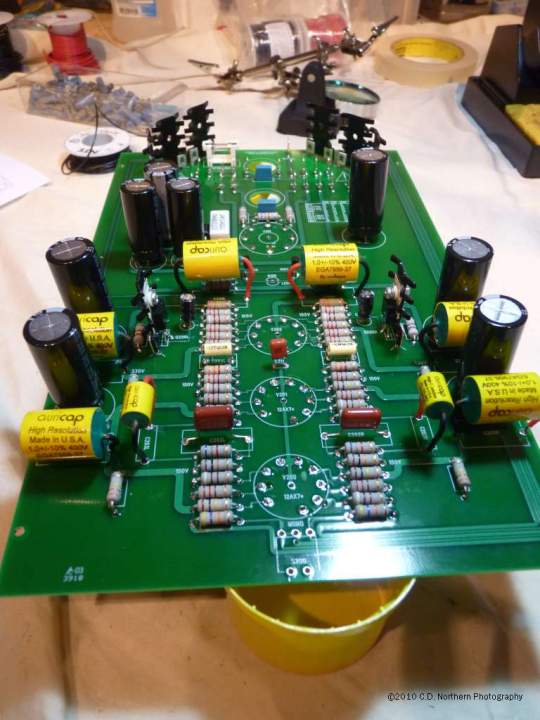
In the chassis. I'm so glad I went with a larger footprint.

Transformer wiring (medium neat)

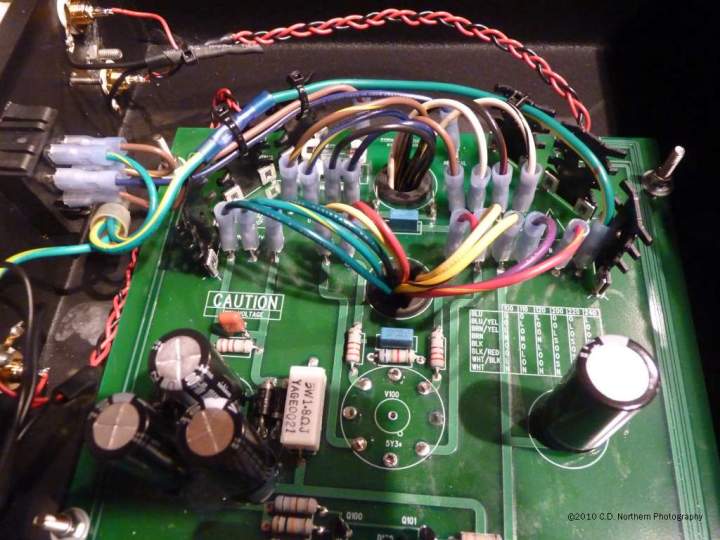
Finished case
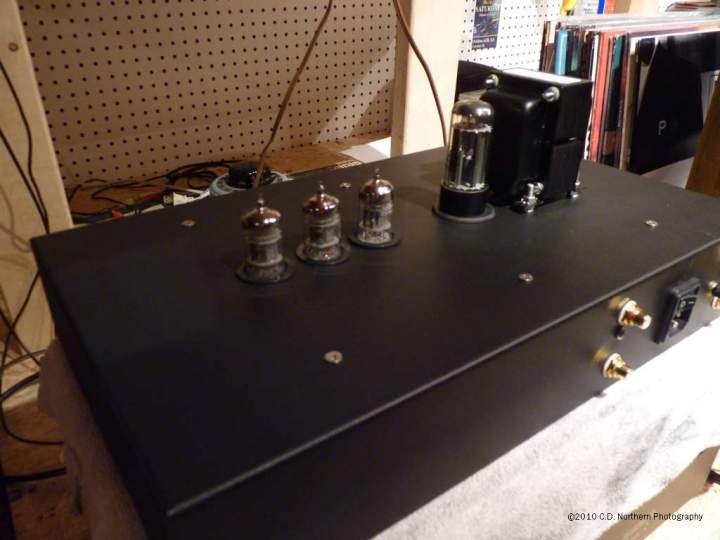
Test signal from cheap laptop sound card.

The square wave is noisy, but the Cornet is very accurate! Signal Input is on top trace, and output (through a home grown reverse RIAA network) is on bottom.
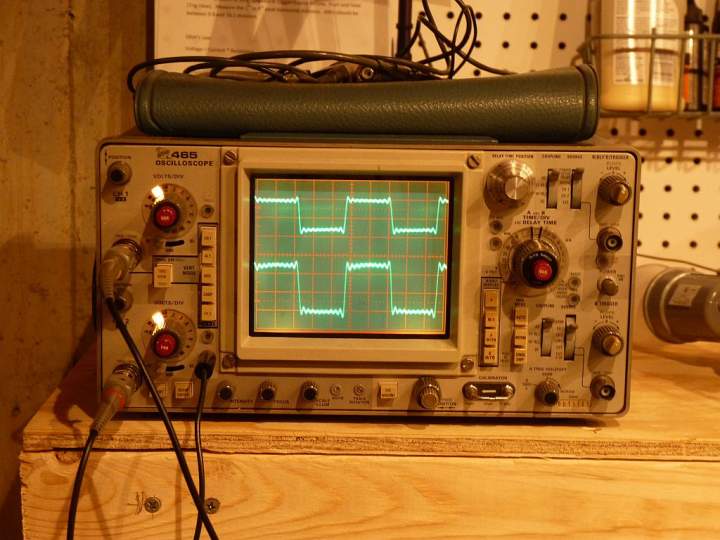
My messy bench.
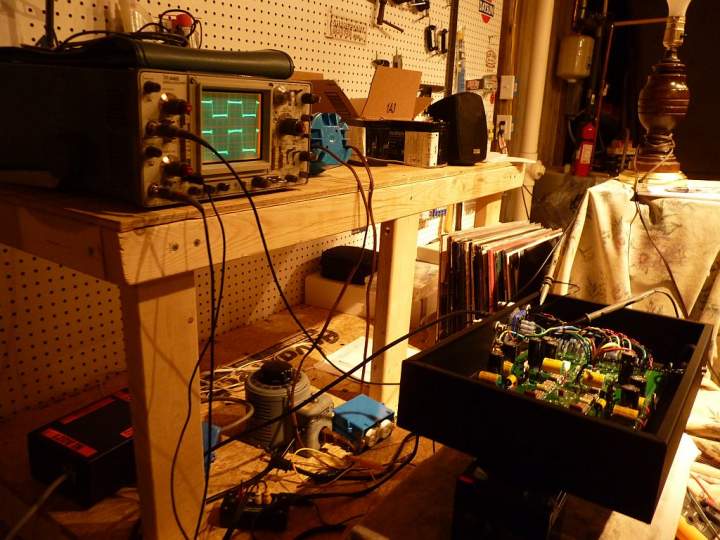
I've been listening to this beauty for about a month. I just recently built a reverse RIAA magic box to allow me to test it.
I do have one question. In the manual, the section on testing shows the 'Residual Distortion' on an oscilloscope. Does anyone know how to measure that?
Thanks!